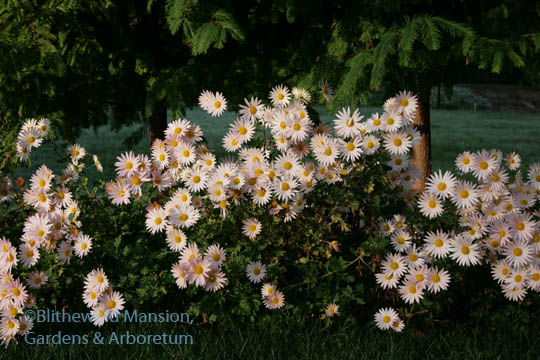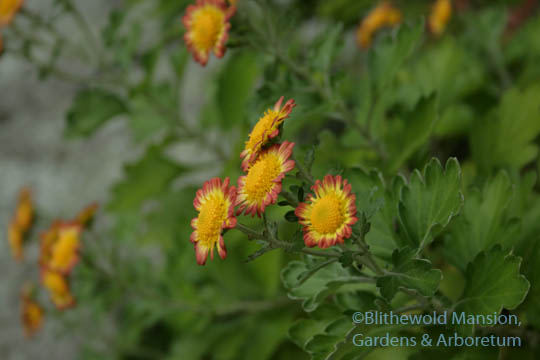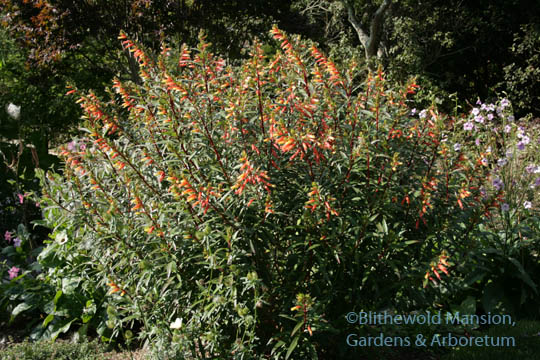Mum’s the word
Don’t tell anyone but I am not a big fan of potted mums. For weeks now they’ve been popping up on doorsteps everywhere and plopped pot-and-all into every other foundation bed, and I can’t help yawning. They’re just so… municipal. Now, you know me – I’m all for whatever gets people buying plants and out in their gardens/yards, but mums? Really? There are so many other things that are more interesting – including … mums.
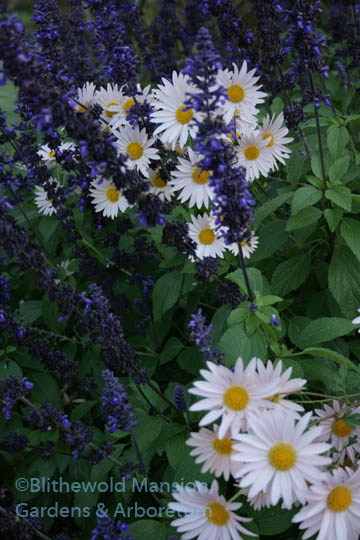 Hardy Chrysanthemum – or Dendranthema or whatever the kids are calling them these days – are so much lovelier than the ones that are forced into bloom only to die from neglect or stress a few weeks later. Hardy mums have a looser more graceful form – extra loose if we forget to cut them back in June – and they live for practically ever and tend to be generous spreaders. Sheffield Pink is our grandmotherly favorite, spread along the edge under the dawn redwood hedge in the Display Garden and borrowed with something blue in the Rose Garden. I don’t know and haven’t been able to find the name of the sweet yellow and red one in the Rock Garden. Anyone recognize it?
Hardy Chrysanthemum – or Dendranthema or whatever the kids are calling them these days – are so much lovelier than the ones that are forced into bloom only to die from neglect or stress a few weeks later. Hardy mums have a looser more graceful form – extra loose if we forget to cut them back in June – and they live for practically ever and tend to be generous spreaders. Sheffield Pink is our grandmotherly favorite, spread along the edge under the dawn redwood hedge in the Display Garden and borrowed with something blue in the Rose Garden. I don’t know and haven’t been able to find the name of the sweet yellow and red one in the Rock Garden. Anyone recognize it?
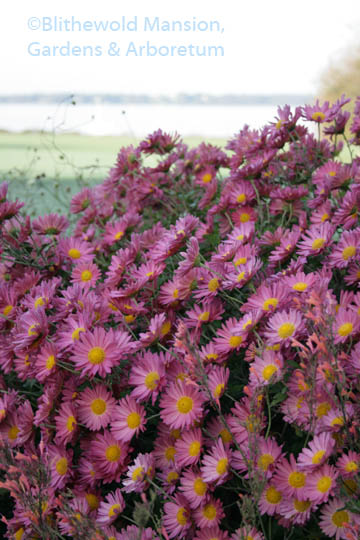 It should be noted that some of the potted mums for sale are hardy mums in disguise. Neither Gail nor I remember planting the deep-pink mum in the North Garden and have credited a wedding decorator. (We toast the happy couple every fall.) Over the last few sunny days, it has been as covered with different species of bees, flies, wasps, etc as any aster. And that right there is reason enough to plant the hardy mums – they’re a great late meal for pollinators.
It should be noted that some of the potted mums for sale are hardy mums in disguise. Neither Gail nor I remember planting the deep-pink mum in the North Garden and have credited a wedding decorator. (We toast the happy couple every fall.) Over the last few sunny days, it has been as covered with different species of bees, flies, wasps, etc as any aster. And that right there is reason enough to plant the hardy mums – they’re a great late meal for pollinators.
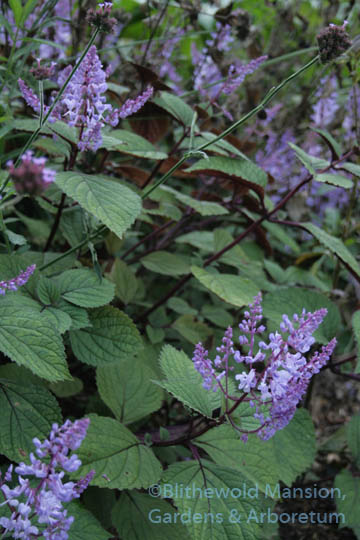 Potted mums have become part of people’s -non gardeners and gardeners alike – fall tradition but wouldn’t it be great if growers started forcing Cuphea micropetala instead? Aside from being an outstanding tender perennial worthy of a position in the garden from June on, the late summer-into-fall flowers look just like candy corn. And I know at least one nursery owner who puts luminous Plectranthus ciliata on display in the fall. I’m sold. How about you? Do you buy potted mums or have you made another late-fall flower part of your garden’s tradition?
Potted mums have become part of people’s -non gardeners and gardeners alike – fall tradition but wouldn’t it be great if growers started forcing Cuphea micropetala instead? Aside from being an outstanding tender perennial worthy of a position in the garden from June on, the late summer-into-fall flowers look just like candy corn. And I know at least one nursery owner who puts luminous Plectranthus ciliata on display in the fall. I’m sold. How about you? Do you buy potted mums or have you made another late-fall flower part of your garden’s tradition?

